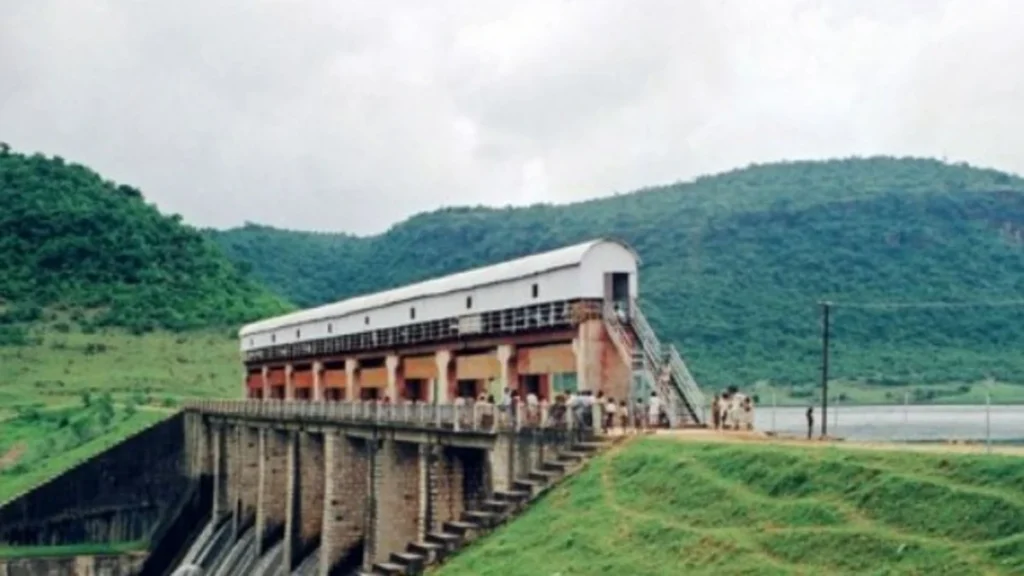Explore Kaimur District Bihar known for its rich heritage scenic beauty and economic growth Discover its historical legacy natural wonders and progress.

Kaimur District Legacy Progress and Scenic Grandeur
Kaimur District, located in the southwestern part of the Indian state of Bihar, is a region steeped in history, culture, and natural beauty. Covering an area of approximately 3,362 square kilometers, Kaiimur is known for its diverse landscapes, ancient heritage, and its role in shaping the socio-economic fabric of Bihar.
One of the defining features of Kaimur District is its geography. The district is home to the Kaimur Hills, which form a picturesque backdrop to the region. These hills not only add to the scenic beauty but also have significant historical and geological importance. The district’s fertile plains are crisscrossed by several rivers, including the Son, Karmanasa, and Durgawati, making it agriculturally rich. Agriculture is the backbone of the local economy, with crops like paddy, wheat, maize, and pulses being the primary agricultural produce.
The history of Kaiimur District is deeply intertwined with the rise and fall of various dynasties and empires. The region was part of the Magadh Empire during ancient times, and its archaeological sites bear witness to this illustrious past. The Rohtas Fort, a UNESCO World Heritage Site, is the crown jewel of Kaiimur’s historical heritage. Built by the Afghan king Sher Shah Suri in the 16th century, this fort served as a strategic military post and a symbol of power. Its imposing walls and majestic gateways still stand as a testament to the architectural prowess of that era.
Apart from the Rohtas Fort, Kaimur boasts a rich repository of archaeological sites, caves, and temples. The Vishwa Shanti Stupa in Deo is a prominent Buddhist shrine that attracts pilgrims and tourists alike. The region is also dotted with ancient rock-cut caves, some dating back to the Mauryan period, showcasing the craftsmanship and artistic achievements of ancient India.
Kaimur District is not only known for its historical significance but also for its vibrant culture. The local population comprises a mix of different communities, each contributing to the region’s cultural diversity. Festivals like Chhath Puja, Holi, and Diwali are celebrated with great fervor and enthusiasm. The traditional music and dance forms of Kaiimur, such as Bidesia and Nirgun, add to the cultural tapestry of the district.
In recent years, Kaimur has made significant strides in education and infrastructure development. Schools and colleges have been established to provide quality education to the youth, and efforts are being made to bridge the socio-economic gap in the district. Improved road connectivity and healthcare facilities are also contributing to the overall development of the region.
The natural beauty of Kaimur District is another highlight. The lush green hills, pristine rivers, and dense forests make it a paradise for nature enthusiasts. Adventure seekers can explore trekking and hiking opportunities in the Kaimur Hills or indulge in bird-watching along the riverbanks.
Famous Places in Kaimur District
Kaimur District in Bihar, India, is known for its natural beauty and historical significance. Some famous places to visit in Kaiimur District include:
Bhabua: The district headquarters, Bhabua, has several historical sites, including Bhabua Fort and the nearby Rohtasgarh Fort, which is a UNESCO World Heritage Site.
Rohtasgarh Fort: This ancient fort is renowned for its historical importance and offers panoramic views of the surrounding landscape.
Chandrawati Temple: A popular pilgrimage site for Hindus, this temple is dedicated to Goddess Chandrawati and attracts devotees from across the region.
Sasaram: While not in Kaimur District, Sasaram is nearby and is famous for the tomb of Sher Shah Suri, a Mughal Emperor.
Kharagpur Lake: A serene lake surrounded by hills, it’s a peaceful spot for picnics and nature enthusiasts.
Durgawati Reservoir: Another picturesque lake with a dam, ideal for boating and relaxing.
Mundeshwari Temple: Located in Kaimur Hills, this temple is believed to be one of the oldest functional temples in North India, dating back to the Gupta period.
Kaimur Wildlife Sanctuary: For nature lovers, this sanctuary is home to diverse flora and fauna, including leopards, tigers, and various bird species.
Remember to check for the latest information and travel guidelines before planning your visit to these places in Kaimur District.
Read More :-